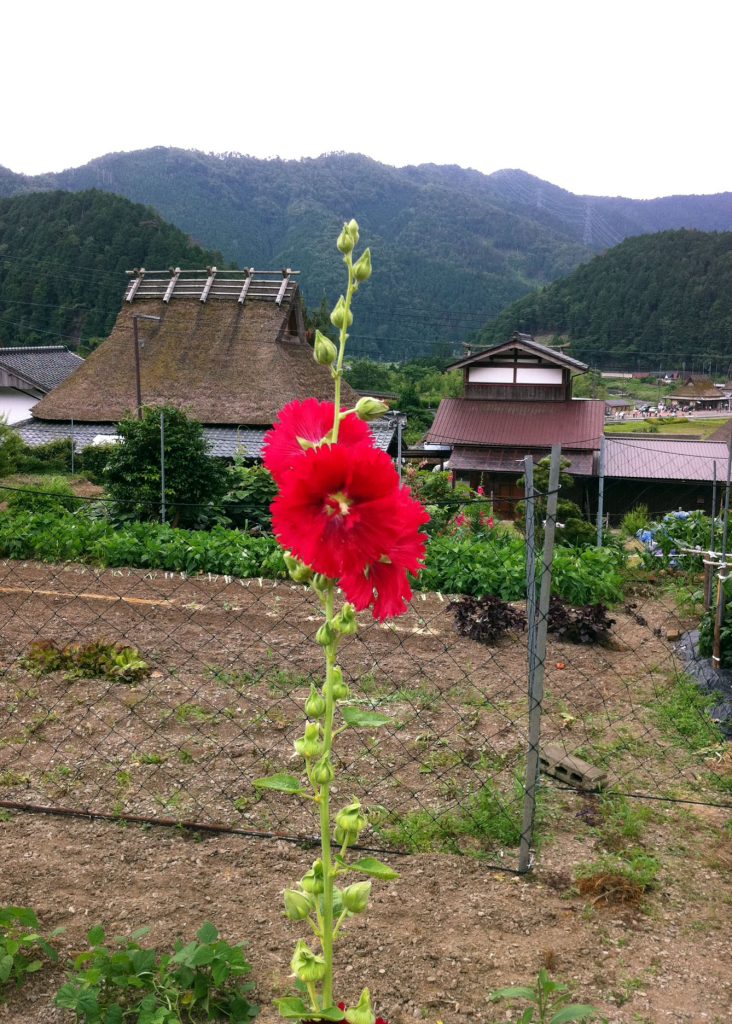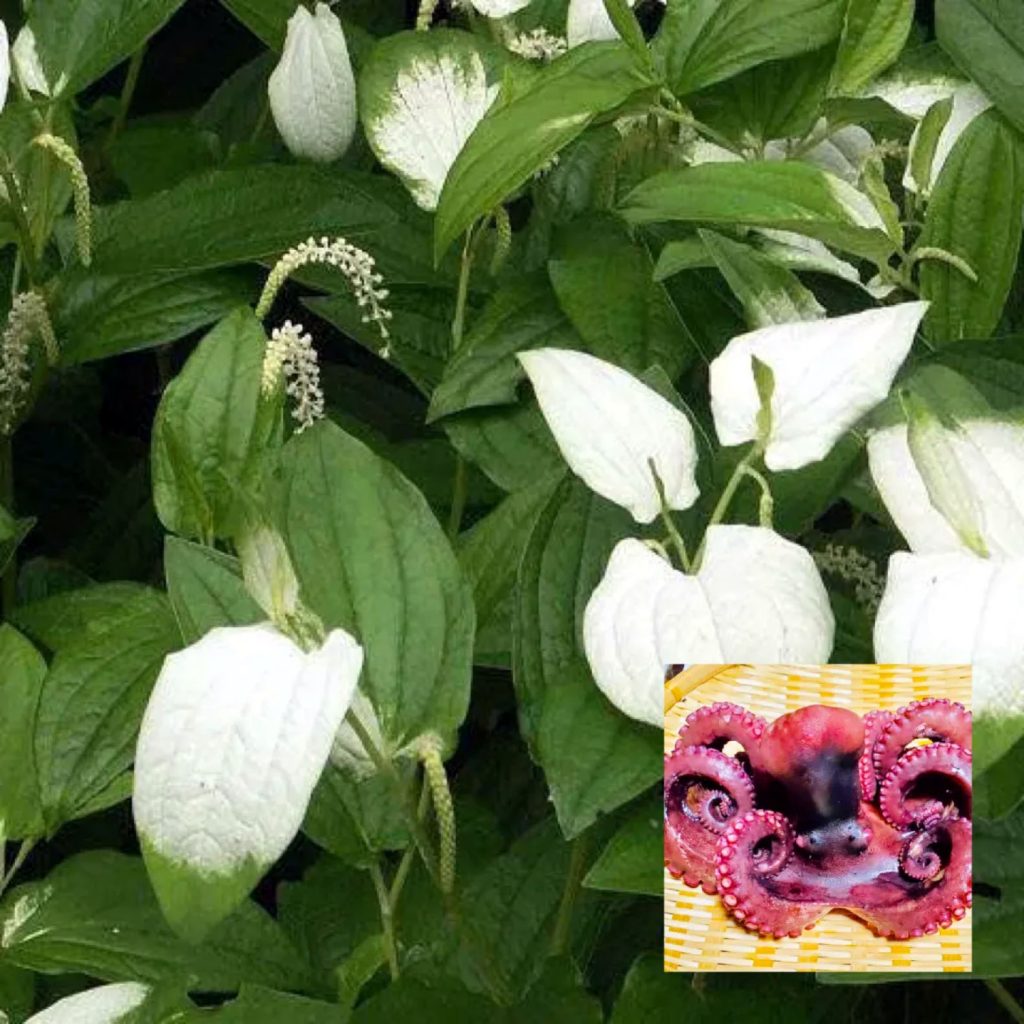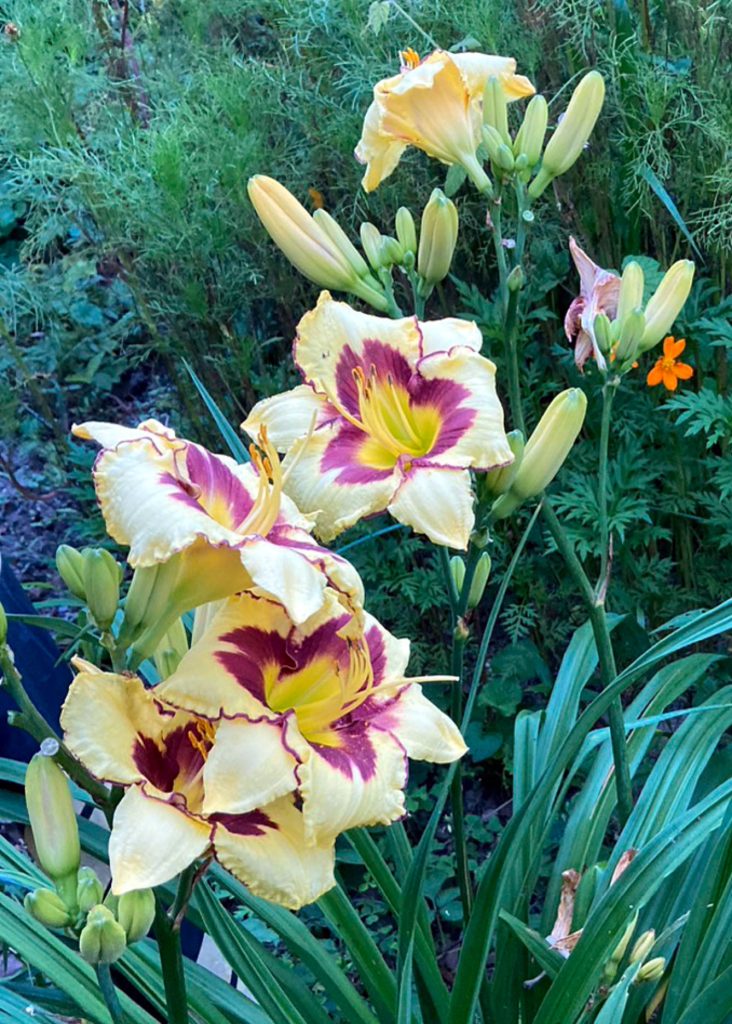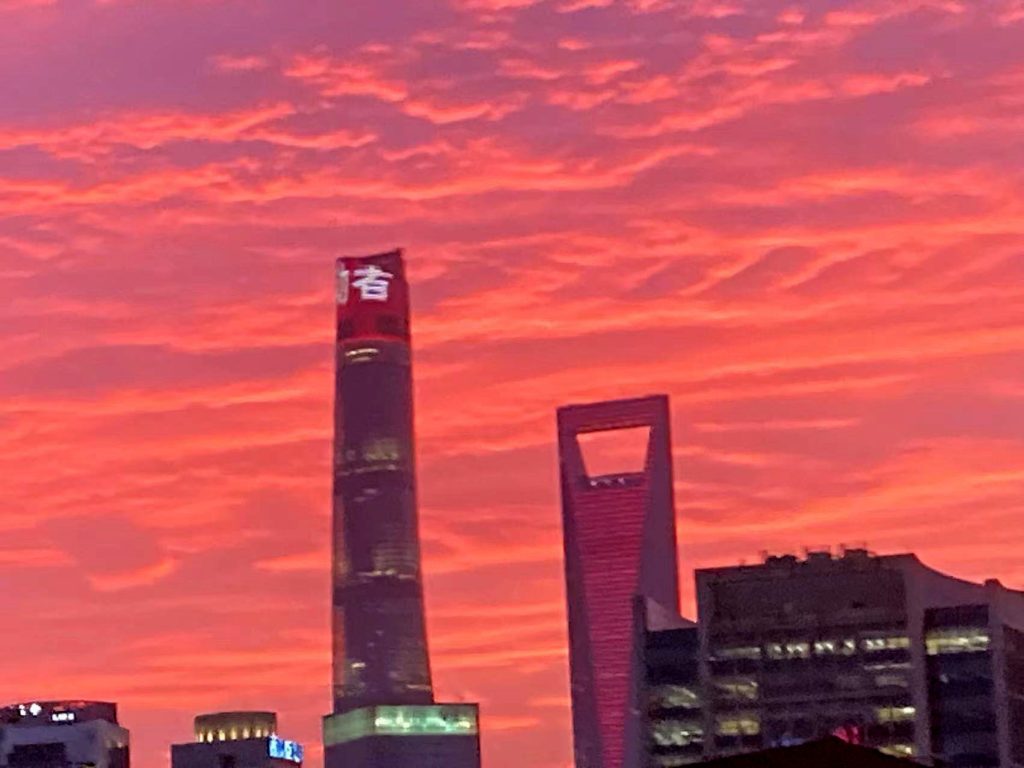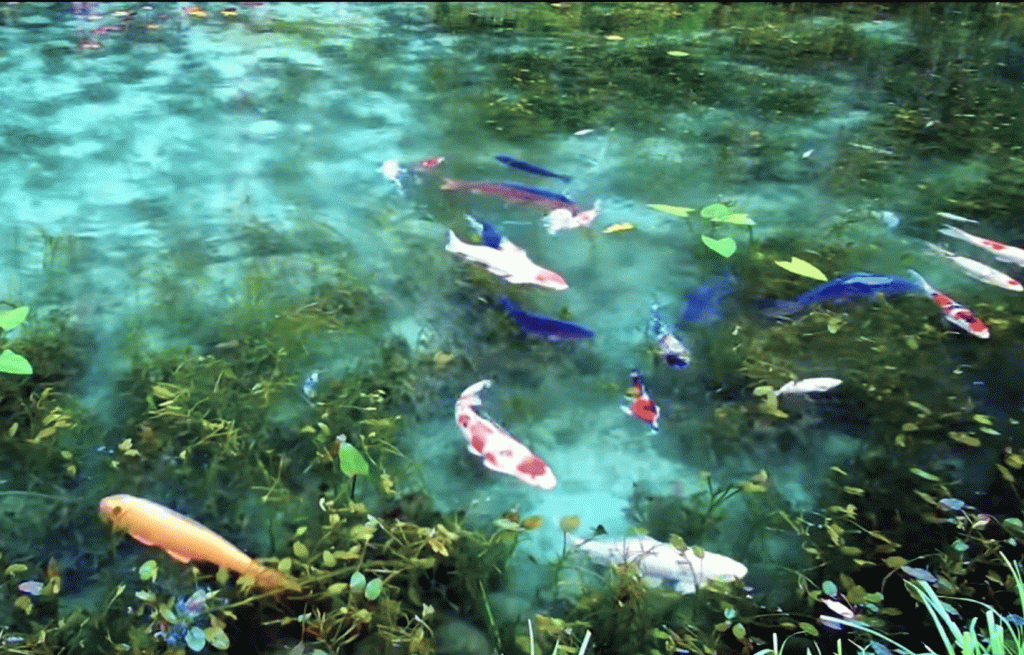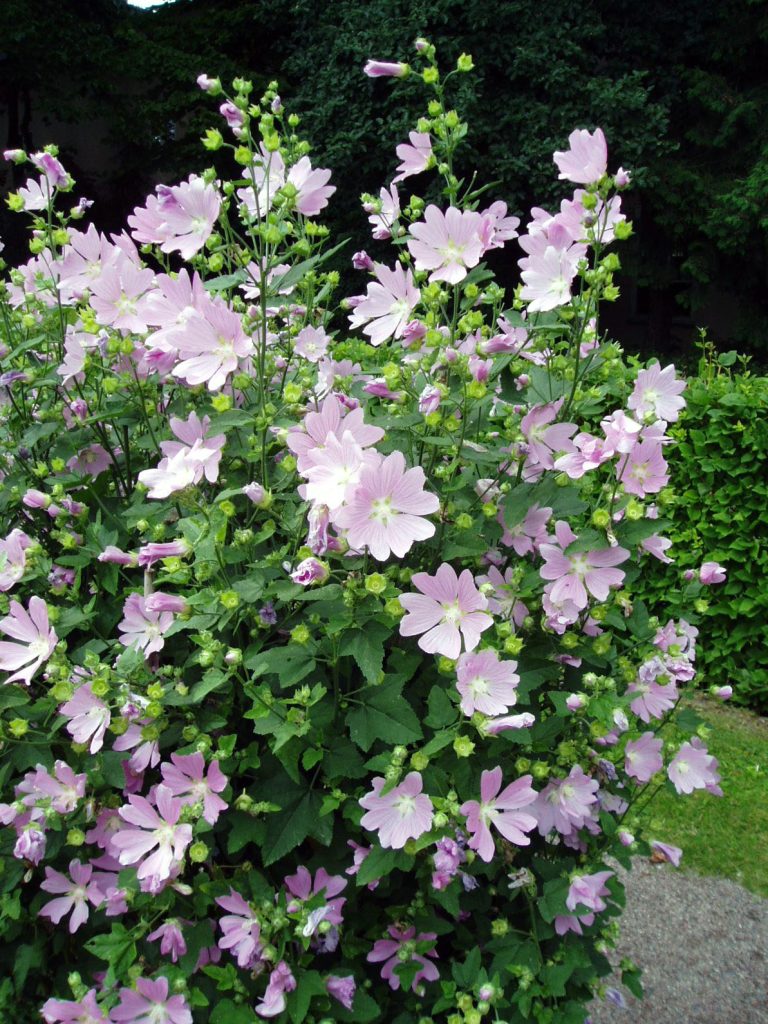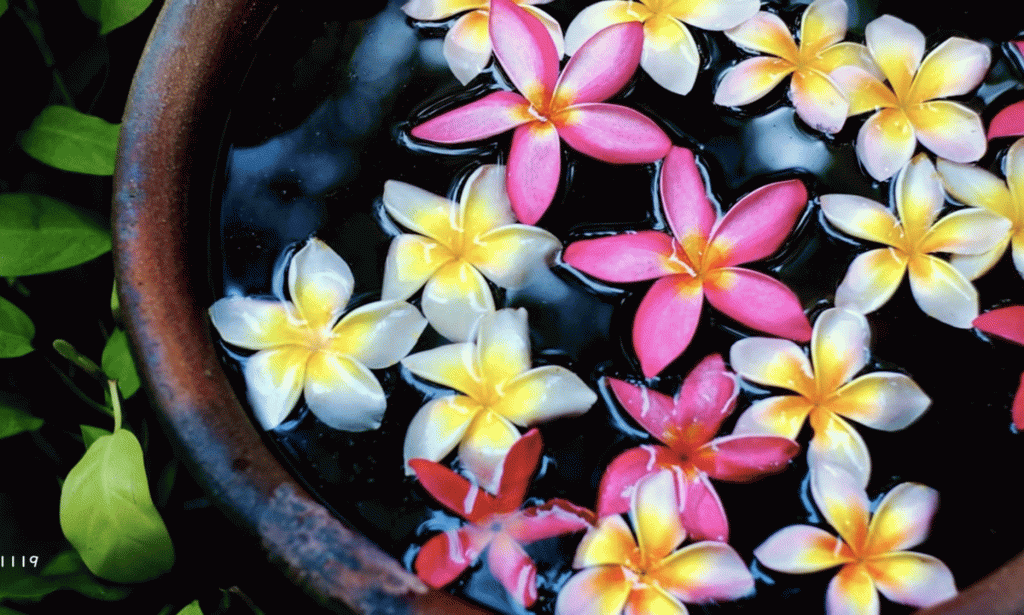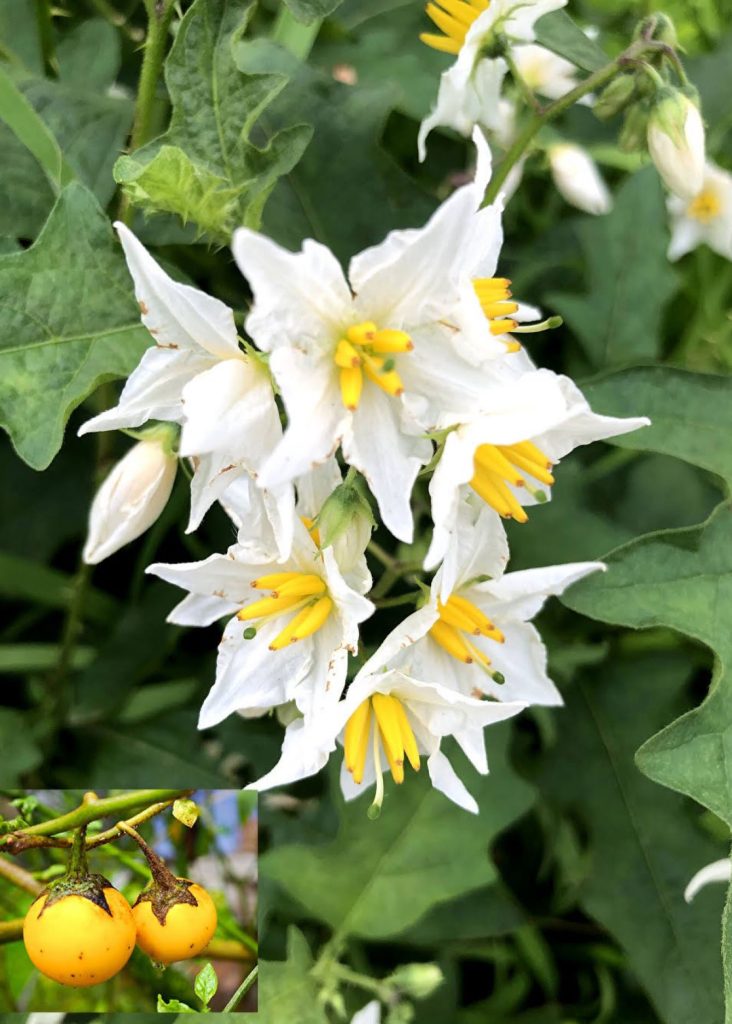
The godparent of this flower is Dr. Tomitaro Makino, the protagonist of the currently airing NHK morning drama “Ranman.” Dr. Makino is a lover of flowers and adores them, seeking their affection in every flower. However, he has given this particular flower the name “Waru Nasubi” (“Wretched Eggplant”), believing it to be a fitting name for this troublesome and useless weed with no practical value. He proudly recounts how he named it “Waru Nasubi.” When he first discovered this flower on a farm, he was delighted and immediately brought it home, planting it in his garden. However, the leaves, buds, and flowers of the plant all possess sharp thorns, and its fruits contain a deadly poison. It becomes a nuisance as it spreads uncontrollably, invading even neighboring gardens. Hence, Dr. Makino named it “Waru Nasubi” with a strong sense of animosity. It is also known by notorious names such as “Apple of Sodom” or “Devil’s tomato” in English, representing its notoriety worldwide. Nevertheless, whether knowingly or unknowingly, due to its charming appearance, people can occasionally be seen planting it in parks and gardens.
名付け親は、今放映中のNHKの朝ドラ「らんまん」の主人公、牧野富太郎博士です。花が好きで好きで、どの花にも擦り寄る様に愛おしがる博士ですが、この花だけは、「この始末の悪い草、何にも利用のない害草に悪るナスビとは打ってつけた佳名であると思っている」と言って、「悪るナスビ」と名付けたことを自慢げに語っています。最初に牧場でこの花を見つけた時は嬉しくて早速自宅に持ち帰り、庭に植えたのですが、葉にも蕾にも花にも鋭い棘があり、できた実も猛毒を含んでいる。これは困ったと除草しようとしても仕切れない。隣の庭まで侵入する。と言う事で、さすがの博士も憎しみを込めて名付けたのが「悪るナスビ」です。英語名でも「Apple of Sodom」とか「Devil’s tomato」などの悪名で呼ばれている、世界の嫌われものです。しかし、そんな花とは知ってか知らずか、見た目が可愛いので公園や庭先に植えているのを時々見かけます。


